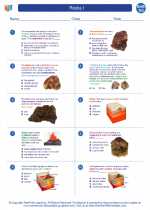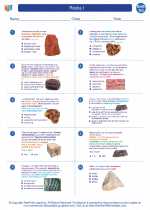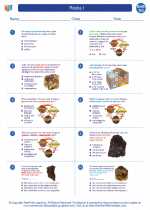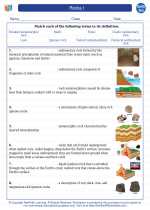Oral Cavity
The oral cavity, also known as the mouth, is the first part of the digestive system where food enters the body. It is responsible for several important functions, including ingestion, taste sensation, and the initial breakdown of food through mechanical digestion.
Anatomy of the Oral Cavity
The oral cavity is made up of several structures, including the lips, cheeks, hard and soft palate, tongue, teeth, and salivary glands. These structures work together to facilitate the process of digestion and speech production.
Lips and Cheeks
The lips and cheeks help to keep food inside the mouth during chewing and speaking. They also play a role in facial expression and speech articulation.
Hard and Soft Palate
The hard palate forms the roof of the mouth and separates the oral and nasal cavities. The soft palate is located behind the hard palate and helps close off the nasal passages during swallowing to prevent food from entering the nasal cavity.
Tongue
The tongue is a muscular organ that aids in the manipulation of food during chewing and swallowing. It also contains taste buds, which are responsible for the sensation of taste.
Teeth
The teeth are essential for mechanically breaking down food into smaller pieces, which aids in the digestion process. They also play a role in speech production.
Salivary Glands
The salivary glands produce saliva, which helps to moisten food, making it easier to swallow. Saliva also contains enzymes that begin the process of chemical digestion.
Functions of the Oral Cavity
The oral cavity performs several important functions, including:
- Ingestion: The process of taking food into the mouth.
- Mechanical Digestion: The physical breakdown of food by the teeth and tongue.
- Taste Sensation: The ability to detect different tastes through the taste buds on the tongue.
- Speech Production: The manipulation of airflow and sound by the lips, tongue, and teeth to produce speech sounds.
Study Guide
When studying the oral cavity, it is important to understand the anatomy and functions of each structure. Pay close attention to the role of saliva in the digestion process and the importance of teeth in mechanical digestion. Additionally, familiarize yourself with the different taste sensations and how they are detected by the taste buds.
Be sure to review the process of speech production and the contributions of the lips, tongue, and teeth in forming speech sounds. Understanding the interconnectedness of the structures and functions within the oral cavity will provide a comprehensive understanding of its role in the digestive system and overall human physiology.
.◂Earth Science Worksheets and Study Guides High School. Rocks I

 Worksheet/Answer key
Worksheet/Answer key
 Worksheet/Answer key
Worksheet/Answer key
 Vocabulary/Answer key
Vocabulary/Answer key
 Vocabulary/Answer key
Vocabulary/Answer key
 Vocabulary/Answer key
Vocabulary/Answer key
